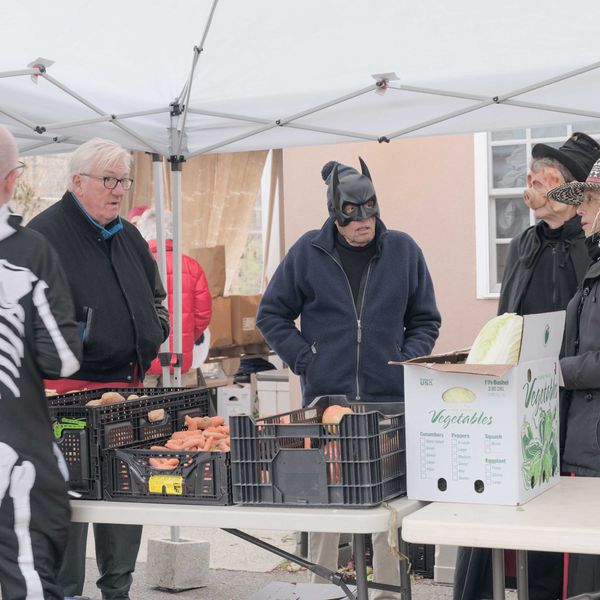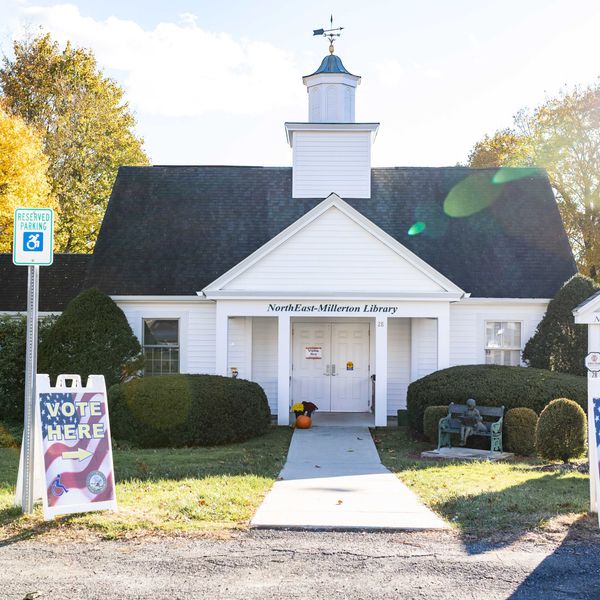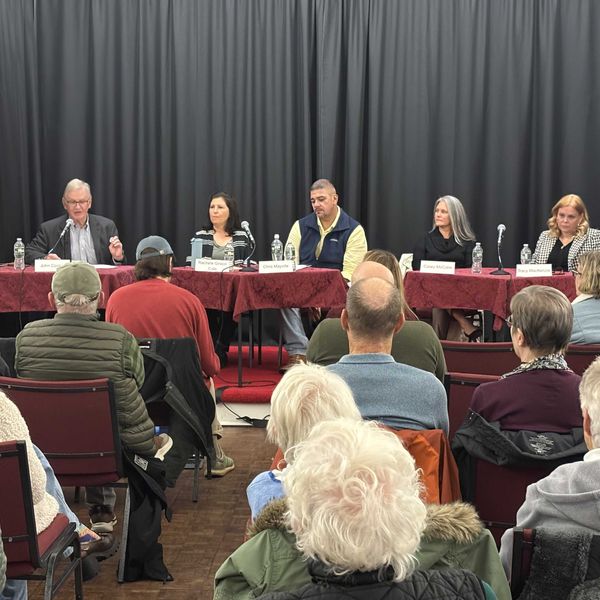Ancram Opera House gets grants, aspires to role as Center for the Arts

An architect’s rendering of the Ancram Center for the Arts, which will allow for the expansion of the Ancram Opera house to include space for artist and intern housing as well as community programming. Photo submitted
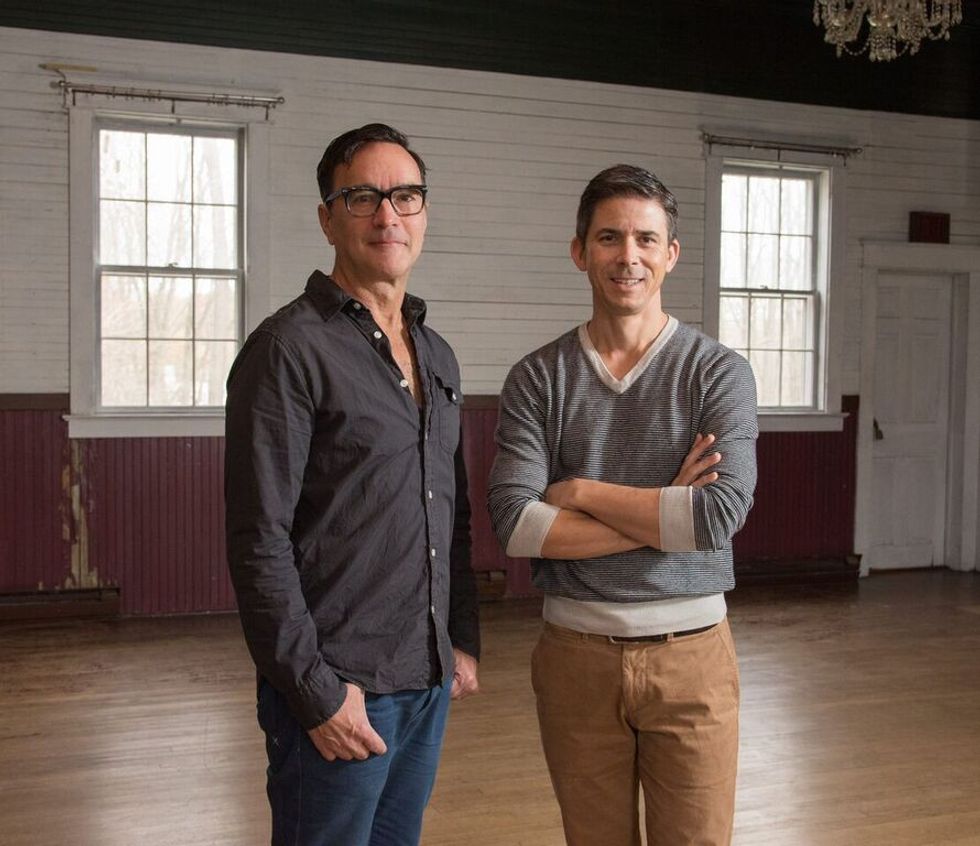
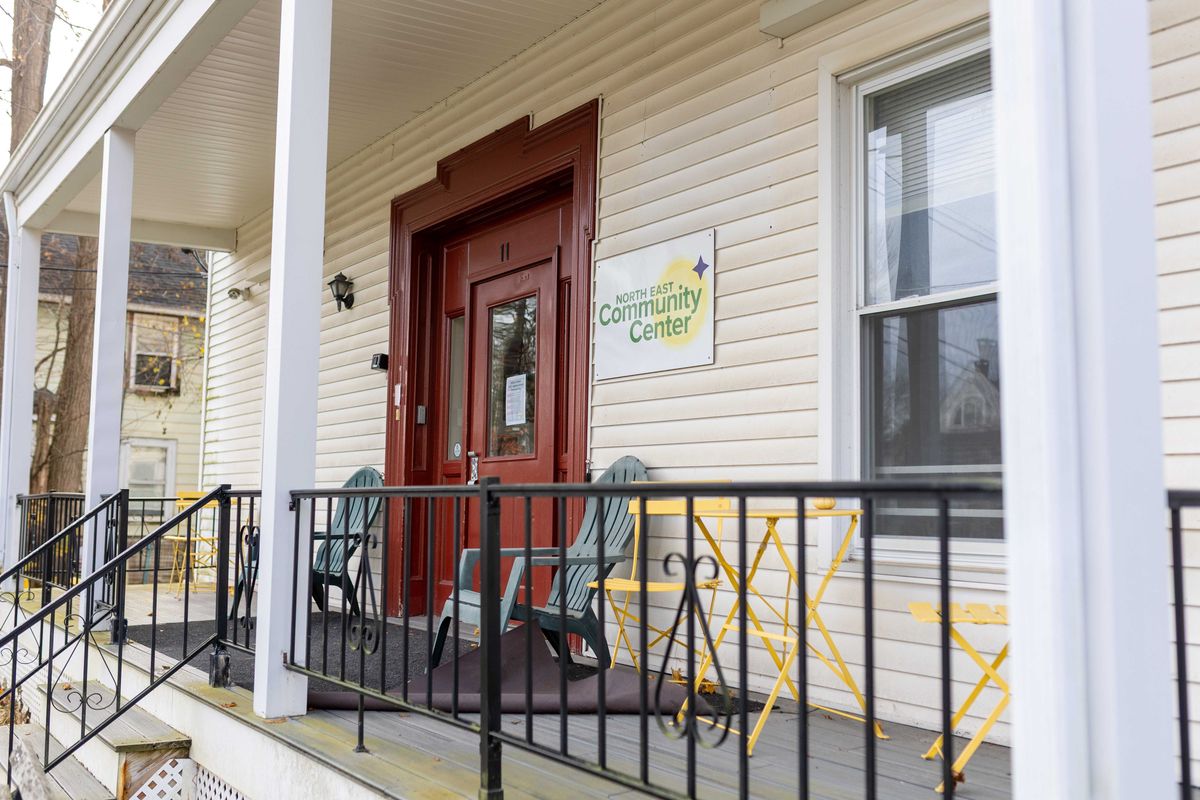
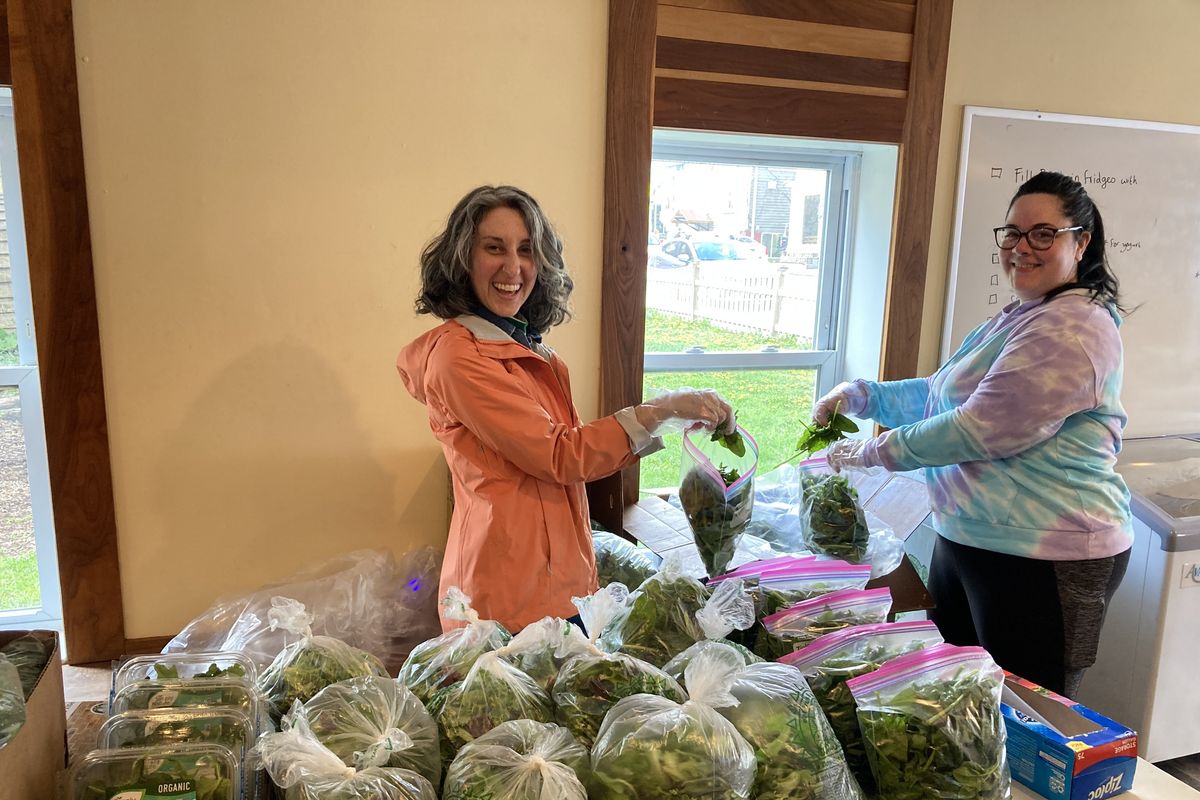
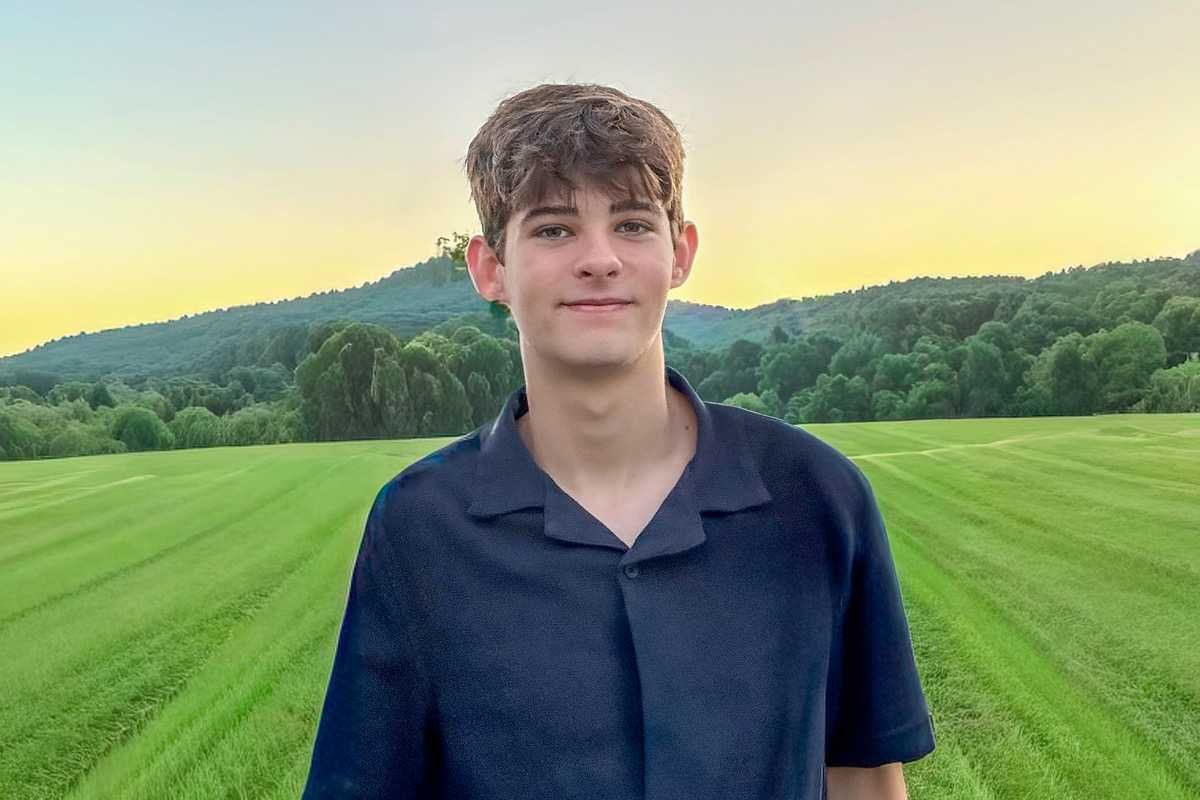
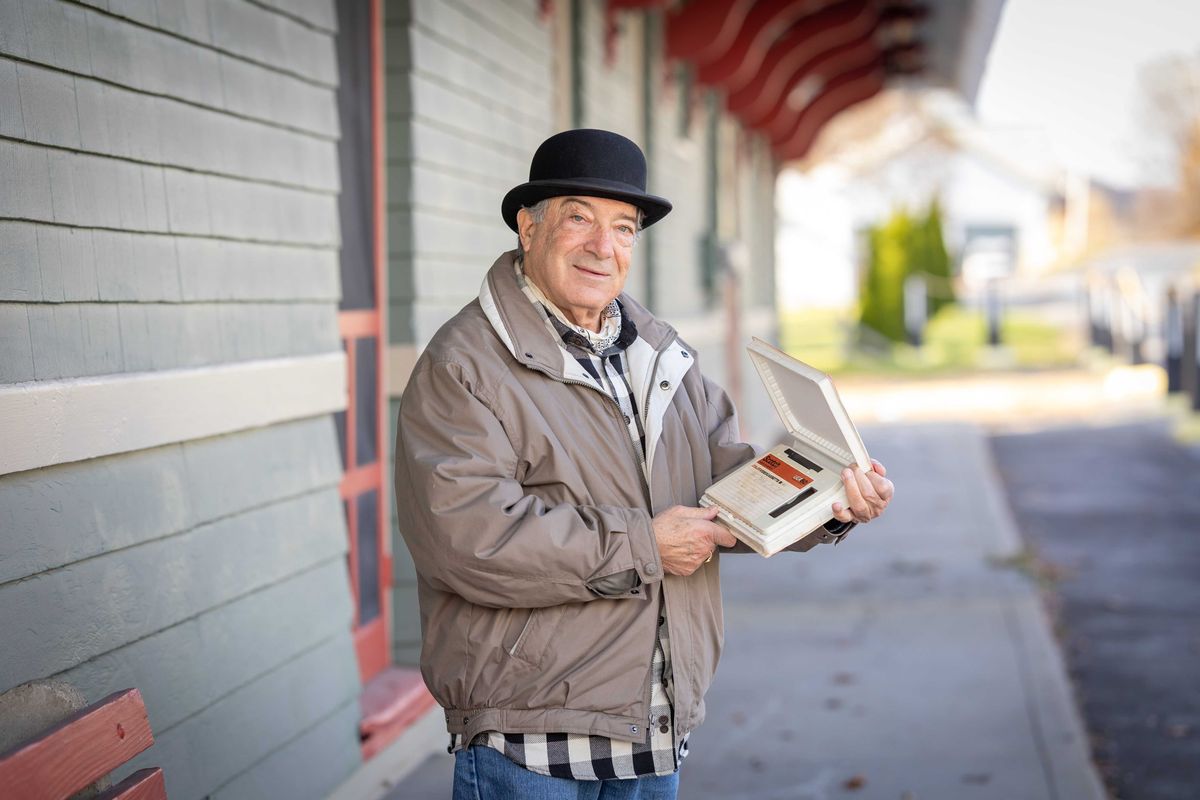


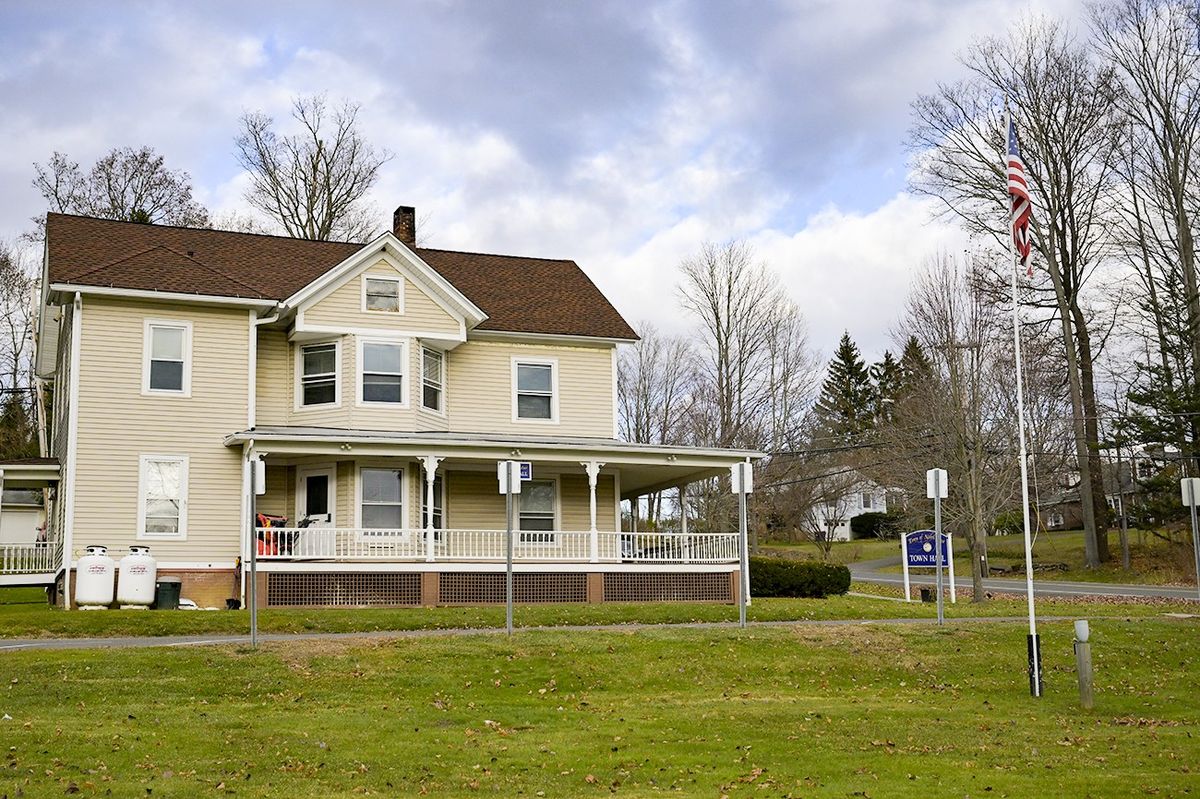
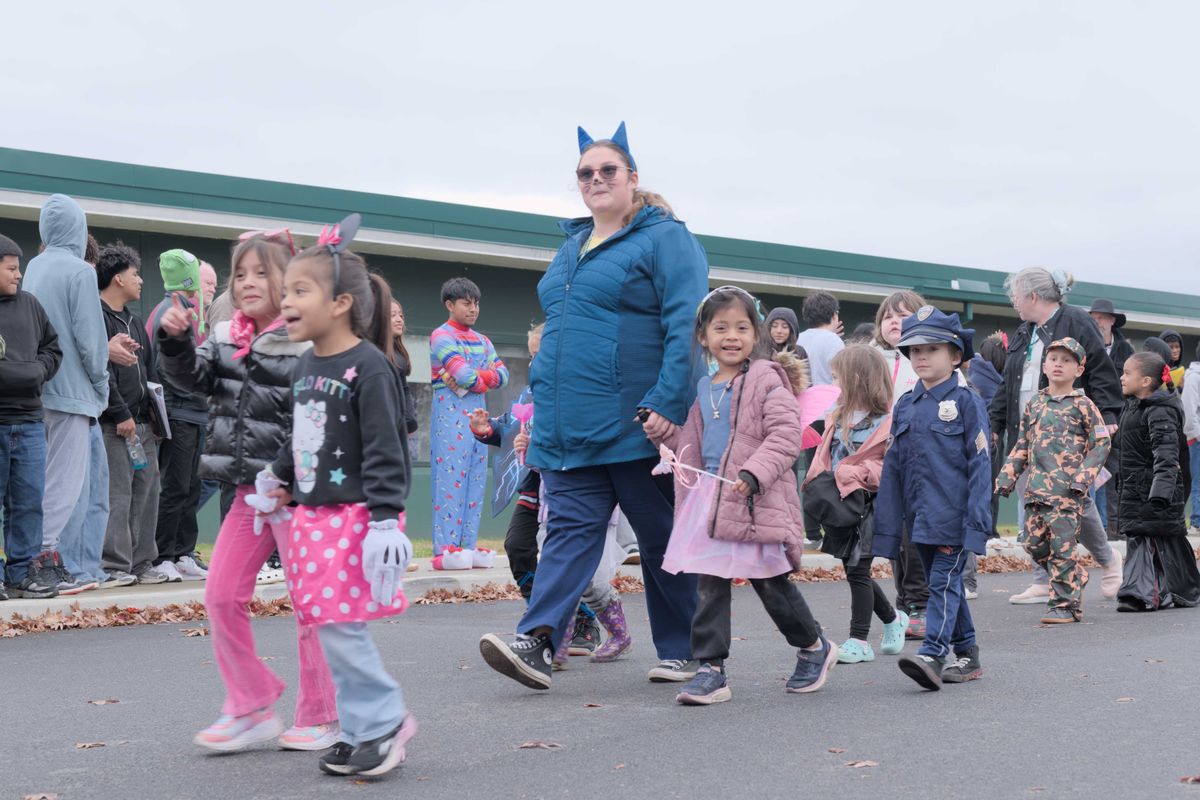
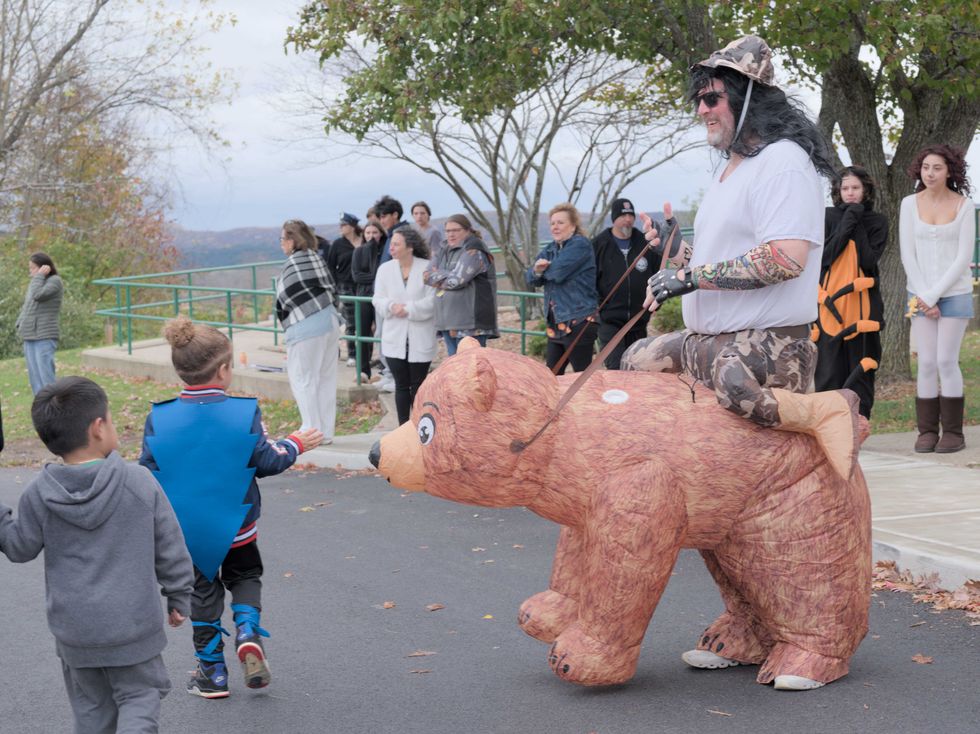 Webutuck High School social studies teacher Kevin Kleespies let students pet his bear steed as they passed.Nathan Miller
Webutuck High School social studies teacher Kevin Kleespies let students pet his bear steed as they passed.Nathan Miller

